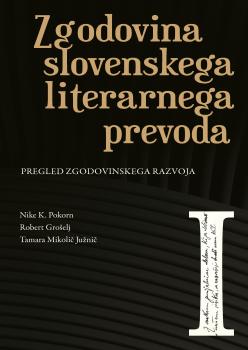Translation and Literary Magazines in the Second Half of the 19th Century: The Case of Zvon and Ljubljanski Zvon
Synopsis
The chapter provides an insight into the attitude towards and presence of literary translations in two 19th-century literary magazines: in the first Slovene literary magazine Zvon and in all 19th-century issues of the most important Slovene literary magazine of the period, Ljubljanski zvon. First, Josip Stritar’s attitude towards translation and the controversy connected to Stritar’s adaptation of Oliver Goldsmith’s novel The Vicar of Wakefield are outlined. Then, the presence of translations in the section of Ljubljanski zvon, called “Slovene Herald” (in vol. 1 to 5) or “Feuilleton” (in vol. 6 to 20), are described. In these sections the editors informed their readers of the publications of new literary translations (including librettos) and of the translations of Slovene literary works into foreign languages. The names of the translated Slovene authors whose works were most often translated into foreign languages are identified, and the editors’ attitudes towards literary translation and its role in the cultural life of Slovenes in the second part of the 19th century are described. The overview concludes that literary translation in this period was often used as one of the means through which linguistic borders were imposed on a community that was not completely linguistically separated, and through which two distinct ethno-linguistic unities were created: a Slovene and a German one.


